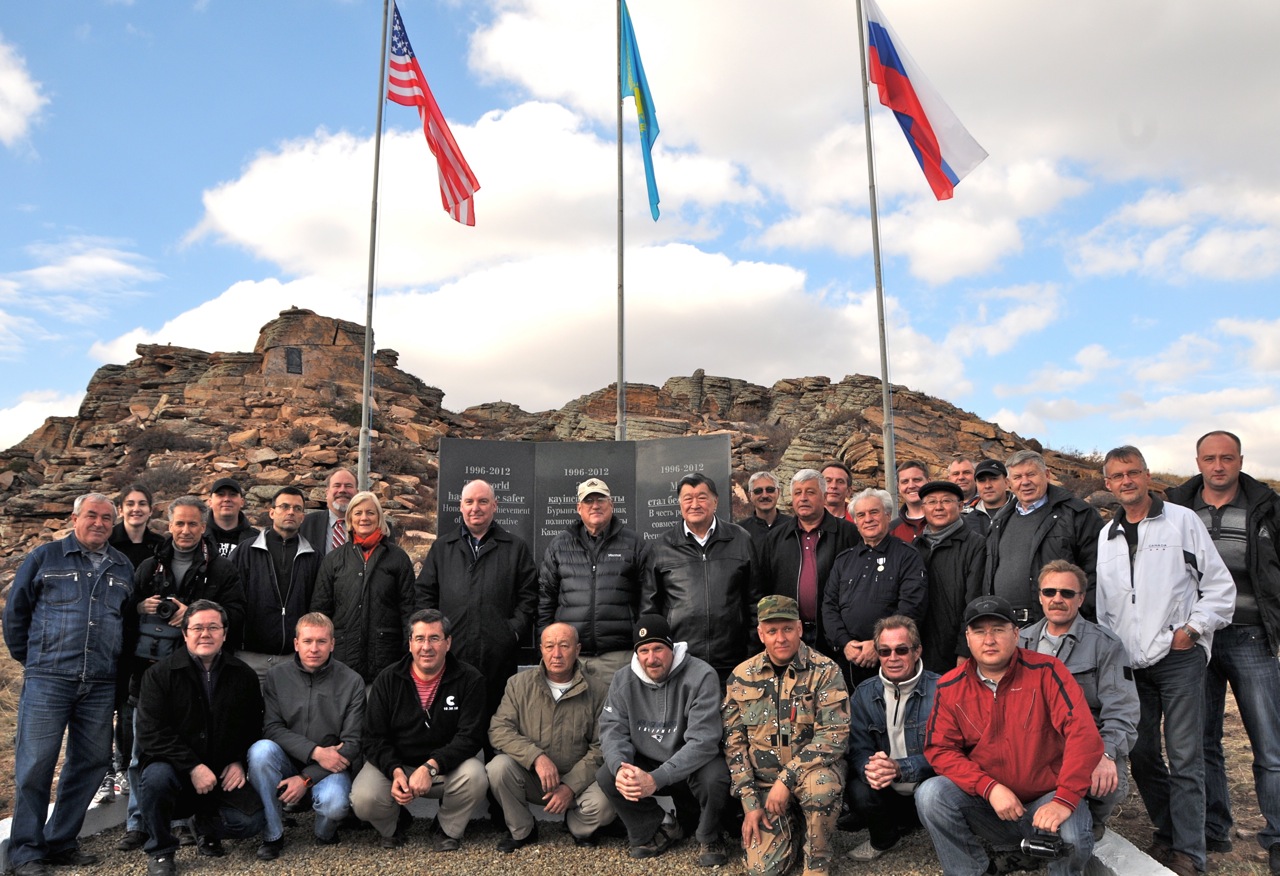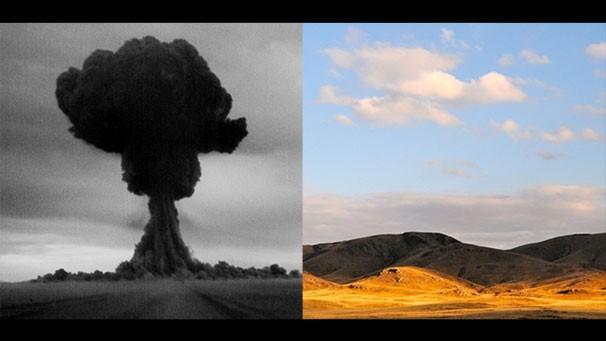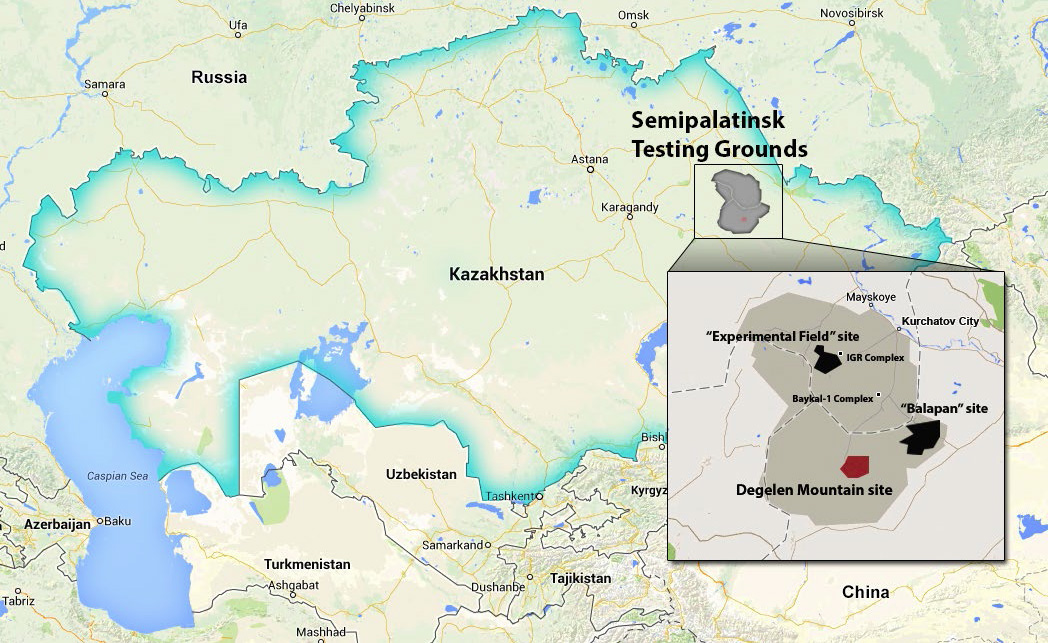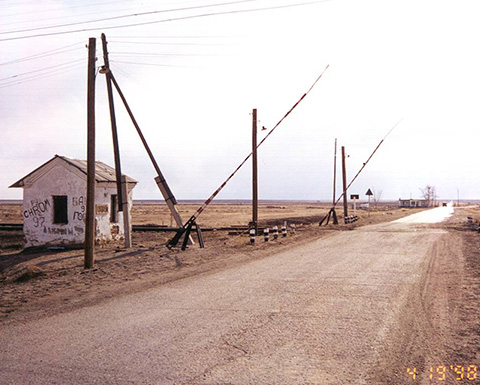Project August 17, 2013
Kazakhstan: Degelen Mountain and a Nuclear Threat Averted
Country:
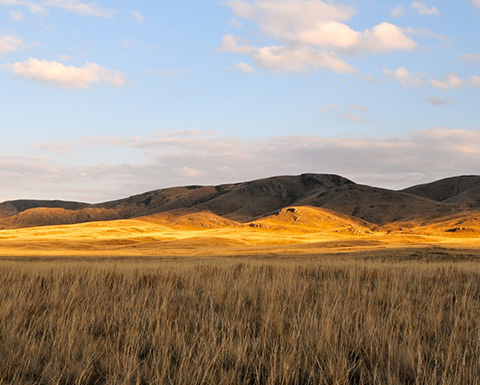
During the Cold War, the Soviet Union conducted over 200 nuclear tests in tunnels built into Degelen Mountain near the secret city known as Semitpalatinsk-21 in eastern Kazakhstan.
While some of the tests involved atomic explosions, other tests were designed to avoid the detonation of a nuclear warhead. For example, safety tests were carried out to ensure that plutonium, the material needed to fuel a nuclear explosion, would not ignite in the case of a conventional explosion nearby. When the scientists and military personnel hastily withdrew from Kazakhstan following the collapse of the USSR, they left behind tunnels filled with undetonated plutonium—enough plutonium, in fact, for terrorists to construct dozens of nuclear bombs. The United States carried out a program in the 1990s to plug the opening of the tunnels.
Shortly after the 9/11 attacks, Kazakh scientists working near Degelen Mountain reported a troubling development to U.S. officials: scavengers, some with heavy mining equipment, had broken into the tunnels at Degelen Mountain and were stealing everything they could find, including copper from the electrical wiring, and rails once used to transport the nuclear devices far underground.
Worried that plutonium could be harvested and sold on the black market, the U.S. launched a top-secret, $150 million project in cooperation with Russia and Kazakhstan to make sure the plutonium could never fall into the hands of terrorists. Eben Harrell traveled to Kazakhstan to witness the completion of the decade-long project, and David Hoffman met with senior U.S. scientists to bring details of the remarkable anti-terrorism operation to light.


